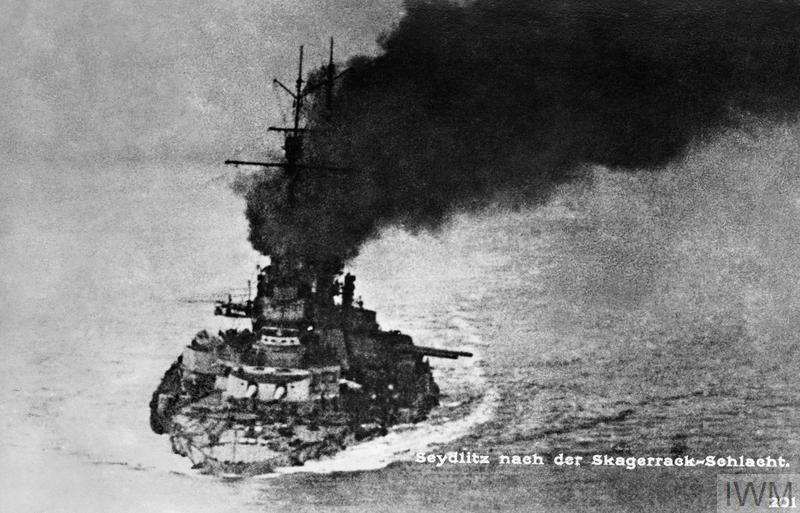So my tuppence worth...
Firstly the basic battle fleet was pretty good for what it was designed for, being let down mostly in details that were missed under the time pressure of the naval arms race. The major flaw was in British armour piercing shells, both offensively and defensively as their poor performance affected the amount and distribution of armour in British ships.
Aside from shells and speeding up the installation of director firing, I think the main issue is around battlecruisers and the knock on effect on the scouting force. Battlecruisers were the merger of a number of lines of thought, Fisher's focus on speed and gunpower, the longstanding desire both to overmatch foreign navies through building individually better ships rather than relying on numbers and for cruisers a few knots fast and around the same size as the battleships. Foreign navies were building 10inch cruisers and the British looked at a 25knot cruiser with an all 10 inch armament to go alongside the dreadnought, then it was noticed that going to 12 inches wouldn't actually increase costs very much while dramatically increasing offensive firepower. Superior British gunnery (director firing etc) meant that it wouldn't need an increase in armour, especially if it only faced 8-10inch guns. The flaw in the argument (in my opinion) was a failure to look ahead, other nations would follow suit in armament and technology plus the temptation was always to use them against battleships as a fast wing, both mean better protection would be needed, dramatically increasing the cost and reducing the numbers of cruisers. Unlike other nations Britain needed numbers of cruisers for overseas patrol and couldn't really sacrifice quantity for quality, something it took into account after WW1. The natural end point was 3 types of ship: a small cruiser C/D/E, a large cruiser (Hawkins), and a fast Battleship (Hood) if it was really felt necessary. The problem with this was that British cruisers would probably have been individually inferior to a few select foreign cruisers and this mattered for prestige, which was very important before the war, but I'd be willing to accept this.


